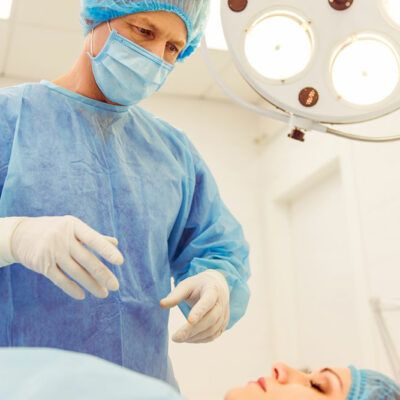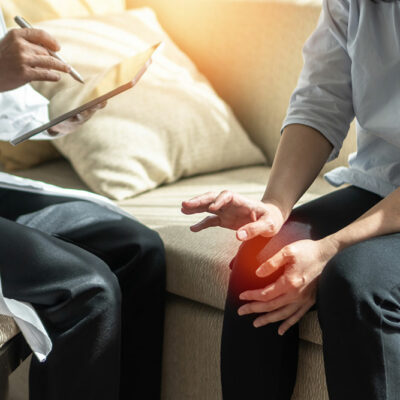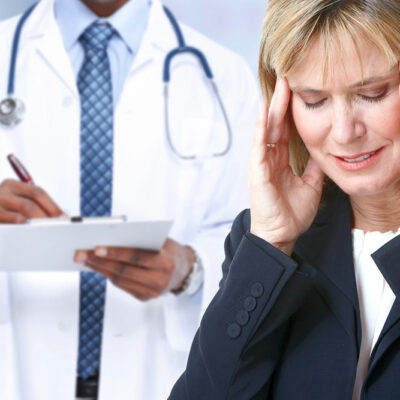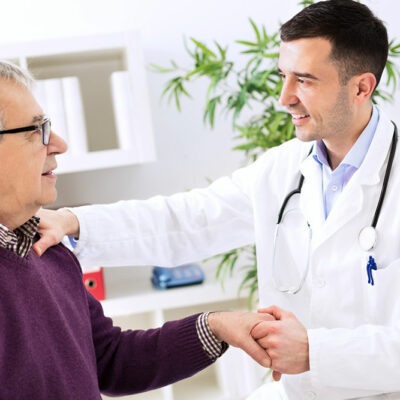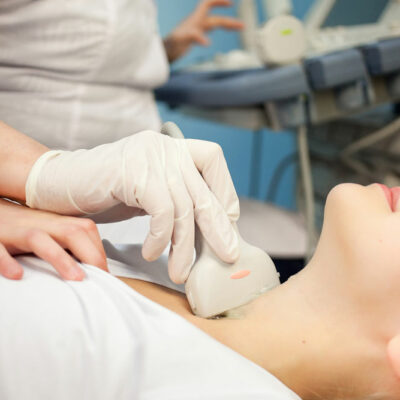
A guide to preparing for cancer surgery and post-operative care
In recent years, cancer survival rates have increased tremendously thanks to advancements in cancer interventions. Among these treatments, surgery has emerged as an effective option that prevents the disease from progressing. However, there are certain side effects associated with cancer surgery, leaving patients tired and weak for some time afterward. To eliminate such side effects, it is important to prepare well for the surgical procedure and continue taking adequate care of oneself afterward. Preparing for cancer surgery Take the necessary pre-operative tests Oncologists usually ask patients to take a few general body tests to ensure they are physically fit for the surgery. Some of these tests include the following- A blood test to check blood count, liver and kidney functioning, blood sugar, and more A chest X-ray to examine one’s lung functioning An ECG to check heart health Urine test to examine kidney function Health experts may also suggest other tests based on one’s condition and requirements. One should ensure that all the necessary tests are taken before the surgery and submit the results to one’s doctor well in advance so that if the surgery has to be postponed for health reasons, there’s no last-minute hassle. Have lean protein Protein is essential for building strong muscles, which can help improve resilience during cancer surgery.
